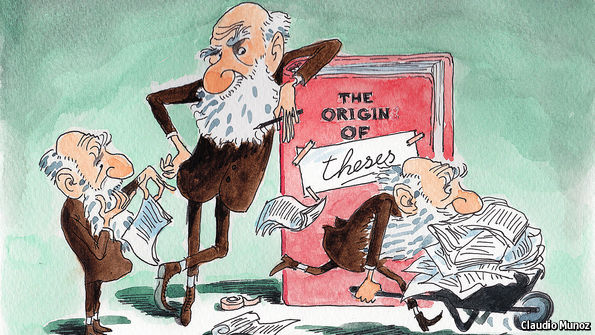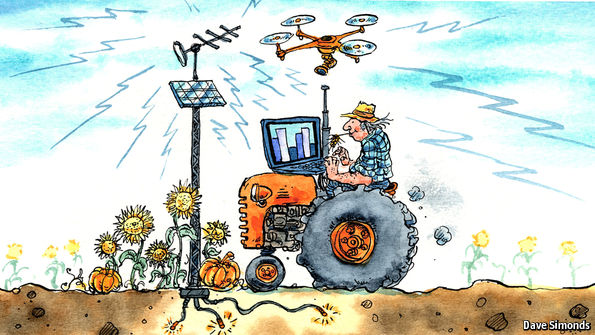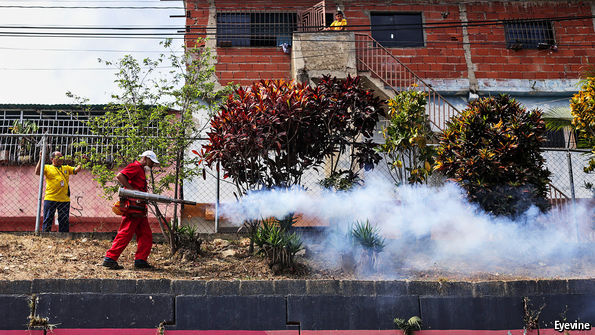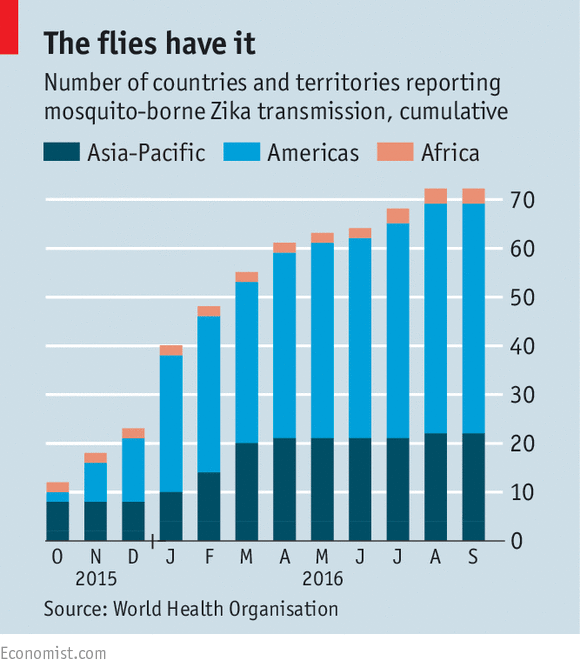That’s the way to do it
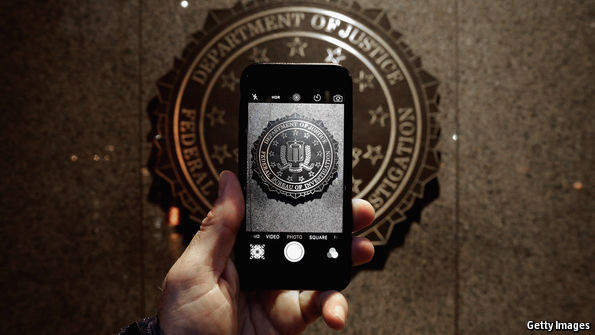
IN FEBRUARY the Federal Bureau of Investigation (FBI), America’s national police force, took Apple, a tech giant, to court. At issue was an iPhone that had belonged to Syed Farook, a terrorist who, with his wife, had shot and killed 14 people in California the previous December. Farook was subsequently killed.
The FBI wanted Apple to write a special operating system to let it bypass the phone’s security and get at any data stored inside. Apple objected, on the ground that doing so would undermine the security of its own products and that, once created, such a digital “skeleton key” would pose a risk to every iPhone in existence. The FBI, for its part, insisted there was no other way into the iPhone in question.
Security experts were dubious about the bureau’s argument. A paper published by Sergei Skorobogatov, a computer scientist at Cambridge University, proves that they were right to be sceptical. Farook’s phone, it seems, could probably have been cracked in two days, using off-the-shelf electronics equipment, for less than $100.
The problem the FBI faced was that the phone was encrypted, as are all iPhones. It was also locked with a PIN….Continue reading
Source: Economist






